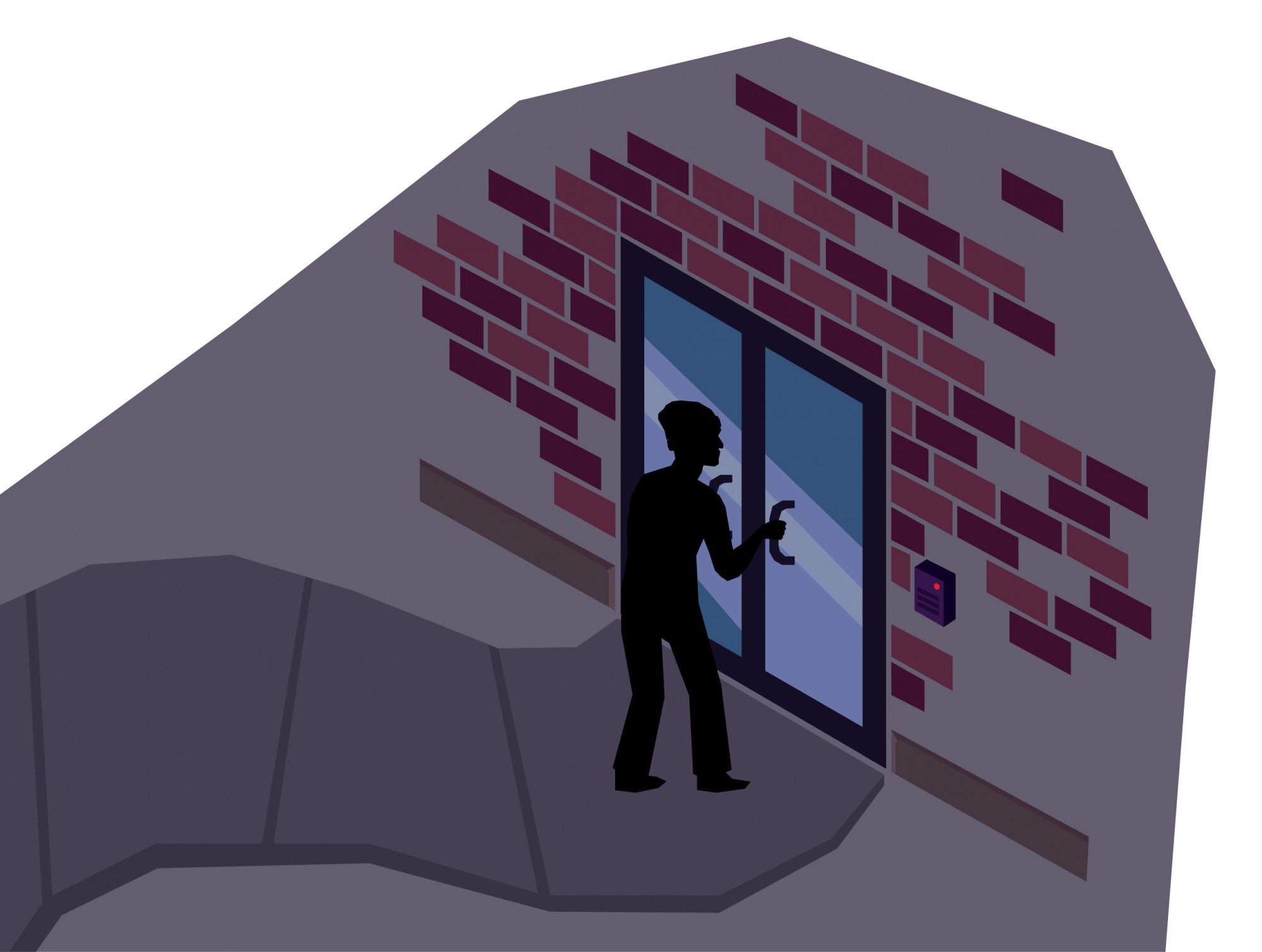The University of Minnesota is ramping up security to clamp down on trespassing incidents, which have increased in recent years.
From January to September of this year, there have been 200 trespass-related incidents in University campus buildings, according to University of Minnesota Police Department crime data. The numbers have risen in previous years — the University saw a record number of trespass-related incidents in campus buildings in 2018 with 258 cases, more than doubling the total in 2017.
An incident is defined as trespassing when a person enters or remains inside University property even though they are not supposed to be there, according to UMPD.
While only health sciences buildings such as Moos Tower and Diehl Hall have new security restrictions, Vice President of University Services Mike Berthelsen said the University is “trying to learn from what we’re doing in health sciences [so] we could apply it more broadly.”
Berthelsen, who manages University operations including public safety, facilities management and other system-wide services, said the measure is part of the University’s progress in increasing security on campus. Berthelsen worked with the health sciences deans to finalize the plan.
“Just as keeping patients safe in our hospitals and clinics is fundamental to the care we provide, so too is keeping students, faculty, and staff safe and secure on our campus. If we cannot do this, nothing else matters,” Medical School Dean Jakub Tolar said in a statement to the Minnesota Daily.
The security changes for health sciences buildings, taking effect Dec. 2, will limit public access to three different entrances staffed by front desk security. Students will need their U Cards to enter the buildings but will not be required to wear them, unlike faculty and staff who will need to wear visible University identification.
“The health sciences [buildings] are so open — and it’s good for us students because we get to travel freely,” said Juveria Tabassum, a third-year student who frequents the Bio-Medical Library in Diehl Hall. “But it also has lots of security openings. If someone were to come in and do something, then [we’re] vulnerable.”

Exploring all options
In 2014, the University took a major step toward building security, restricting skyway and tunnel access to certain hours. Card-swipe access systems allowed for those only affiliated with the University to enter during building hours otherwise closed to the public.
Bethelsen and his team explored other ideas before arriving to the final security changes for the health sciences buildings. One idea was whether the University could lock down public spaces within buildings to keep them separate from private spaces, such as offices or medical labs.
“The problem is that we’ve built a set of buildings as open and inclusive as we possibly could,” Berthelsen said. “The number of doors is in the thousands, the number of stairwells is in probably hundreds and … trying to lock all that down inside became impossible, or enormously difficult and very, very expensive.”
In October, a student was stabbed with a needle in the Bio-Medical Library. The suspect was immediately apprehended.
Berthelsen said that the plan has been in the works for months and is not in direct response to any recent security incidents in campus buildings.
University students and staff who frequent the buildings were supportive of the security changes overall. Some, like second-year pharmacy student Nick Wagner, said they believed changes in security were inevitable.
“I feel like they’ve kind of exhausted all the things that they were going to try, and now it’s come to this,” Wagner said. “I think it’s a good step in the right direction.”
Manny Taranco, a custodian who works in the buildings at night, said he welcomes the upcoming changes because it ensures that people unaffiliated with the University will have restricted access. “After 7 p.m., it’s only the people that should be here that are going to be here,” Taranco said.
Security ahead
Other parts of campus have also received a number of reported trespassing incidents. While the health sciences buildings have received 77 in 2019, trespassing incidents on campus buildings between East Bank, West Bank and St. Paul total 200.
University Services, alongside UMPD, will have to continue to wait and see whether the same type of measures could be applied to other parts of campus, depending on its success.
“I’m not assuming that this is exactly the plan that would be applied everywhere. Because the truth is, we have different kinds of buildings,” Berthelsen said. “This is about trying the right size, the right amount of security for each of our buildings.”
The goal is to provide a safe and productive place for patients, students, staff and faculty, without worrying about security concerns, Berthelsen said.
“Time will tell whether this works,” said UMPD Officer Chris Fonseca. “But I think everyone’s pretty optimistic that this is going to help a lot.”

















